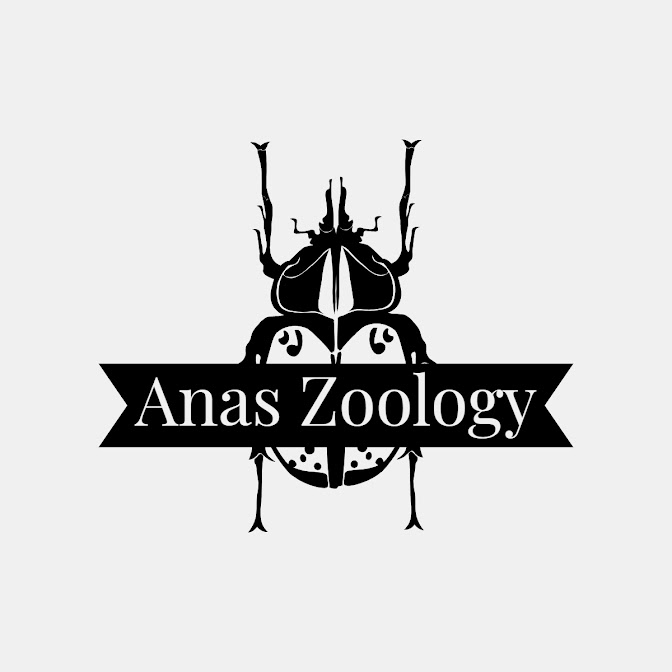Subphylum Urochordata
The Urochordata also known as Tunicata is a part of Phylum Chordata.
General Characteristics of Urochordates:
- They are marine and sedentary.
- Their body is enclosed in a test/tunica.
- Notochord is present in the tail region in larvae (hence urochordate) and disappears in adults.
- Alimentary canal is complete and are ciliary feeders.
- Respiration is through numerous gill slits (Stigmata) which opens into the ectoderm lined cavity, the atrium.
- They show open circulation. They have special corpuscles, vanadocytes (except in Herdmania) to extract vanadium from sea water and store it in blood vessels.
- Dorsal tubular nerve chord appears only in larval stage, which in adults is replaced by a single dorsal ganglia.
- Sense organs are in the form of receptors.
- Excretion is by nephrocytes, pyloric gland or neural gland.
- Asexual reproduction is by budding.
- Mostly hermaphrodite. Their development is indirect. Free swimming ascidian larva shows retrogressive metamorphosis.
- They possess the ability of dedifferentiation i.e. grow smaller during starvation and develop again on normalization of conditions.
- Examples: Ascidia, Botryllus, Salpa, Oikopleura.
Ascidia
(Image Source: https://en.wikipedia.org/wiki/Ascidia_mentula)
Botryllus
(Image Source: https://eol.org/pages/46584934)
Salpa
(Image Source: https://www.toucan-photo.com/en/salpa-maggiore-salpa-maxima-2/)
Oikopleura
Recent Posts:
- Reproduction in Amoeba: https://anaszoology.blogspot.com/2022/12/life-cycle-of-amoeba.html
- Golgi Apparatus: https://anaszoology.blogspot.com/2022/11/golgi-apparatus.html
- Common Sandpiper: https://anaszoology.blogspot.com/2022/11/common-sandpiper-blogpost-4.html
- Endoplasmic Reticulum: https://anaszoology.blogspot.com/2022/10/endoplasmic-reticulum.html
- Cytoplasm: https://anaszoology.blogspot.com/2022/10/cytoplasm.html









Comments
Post a Comment